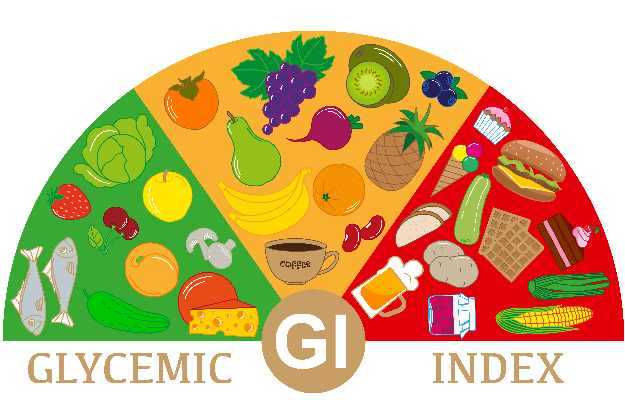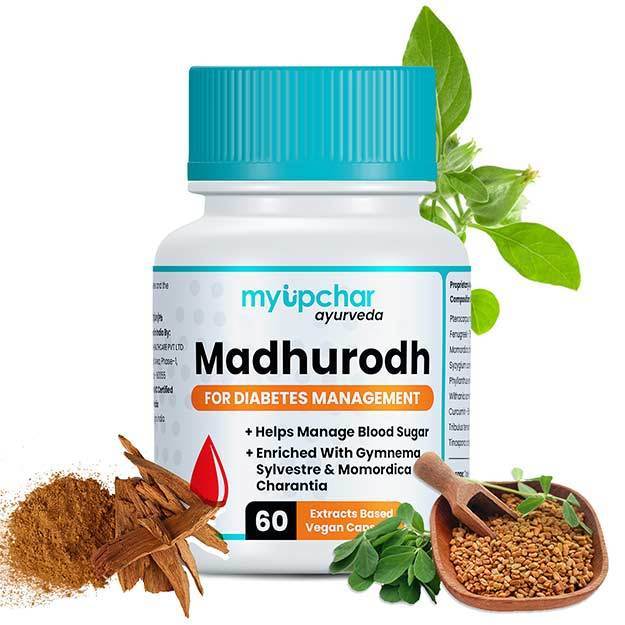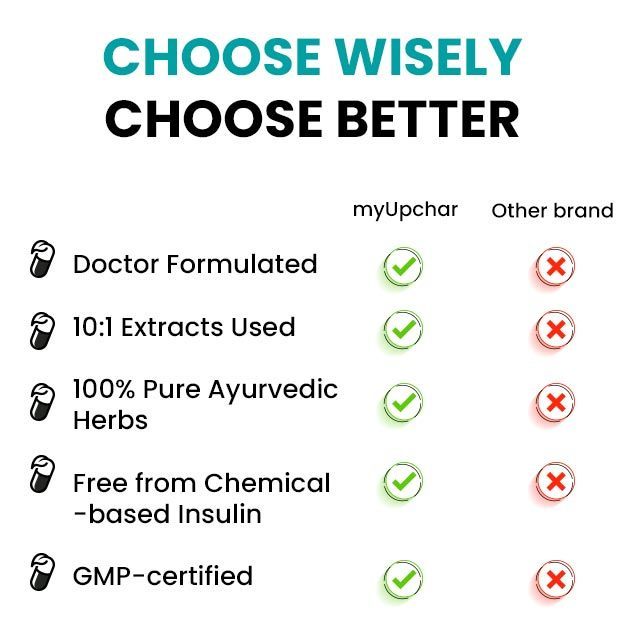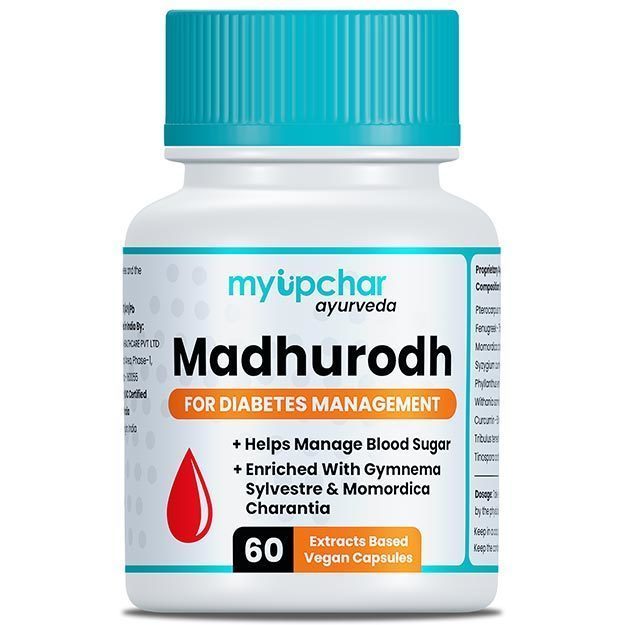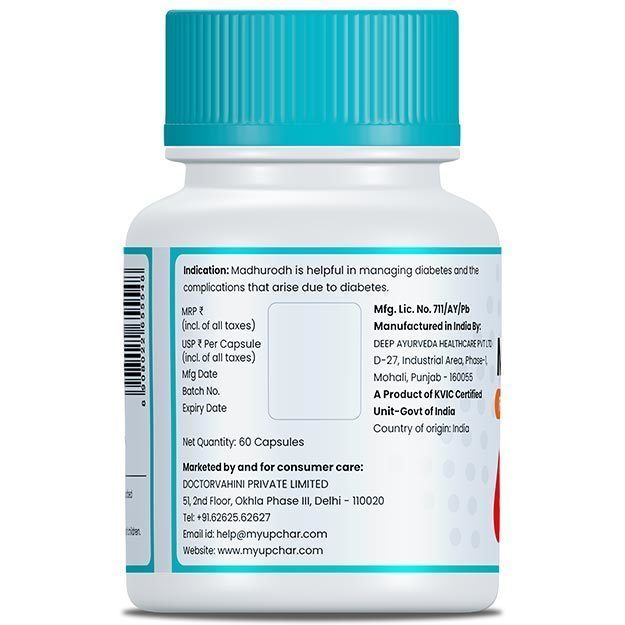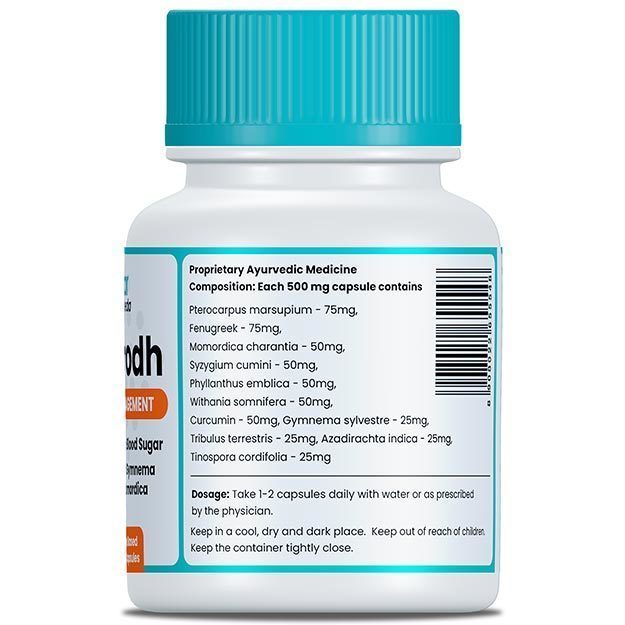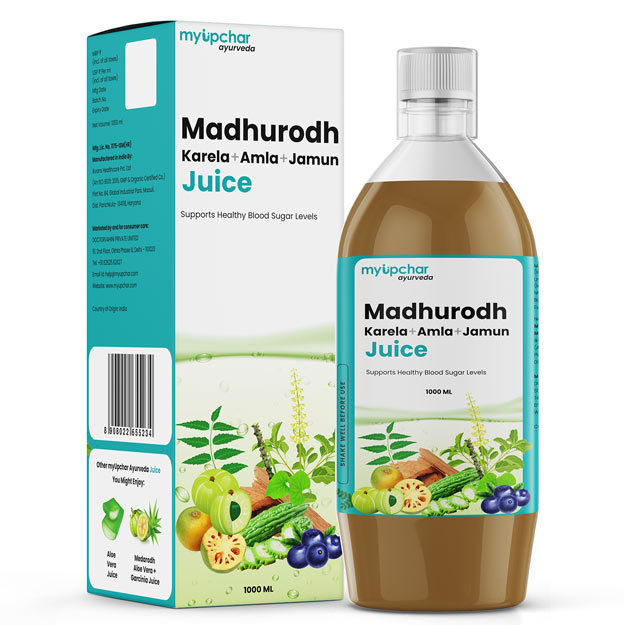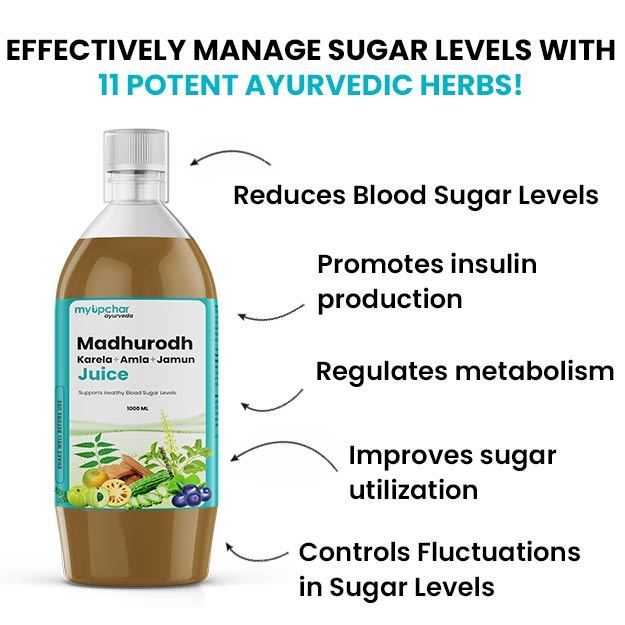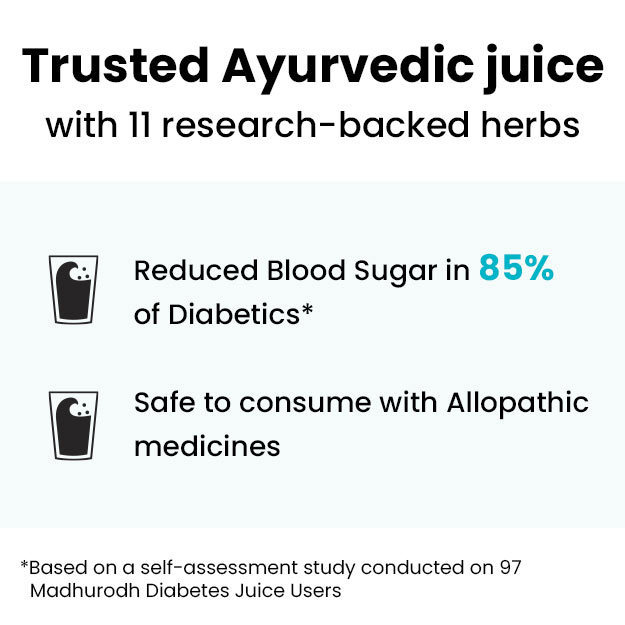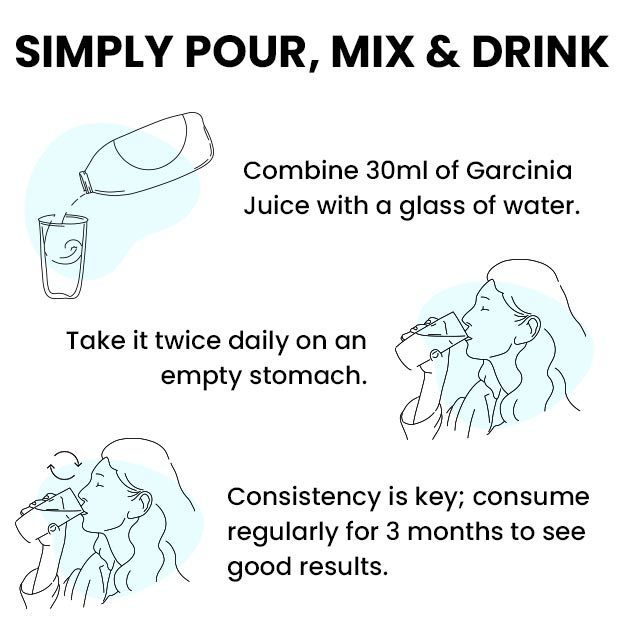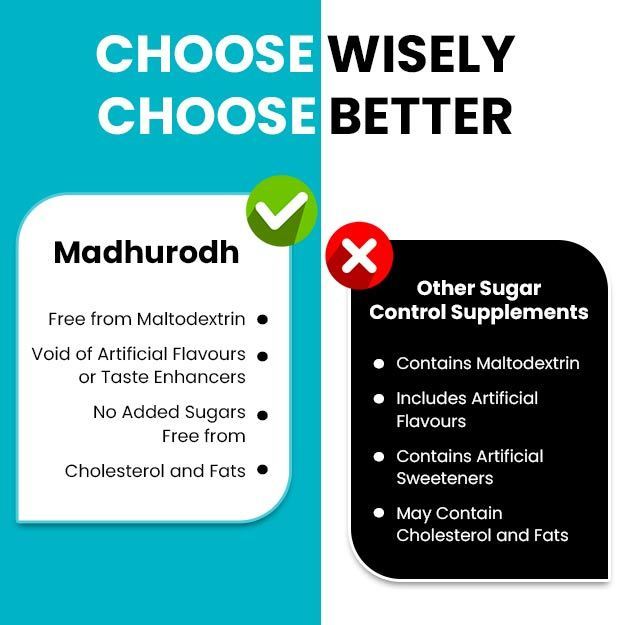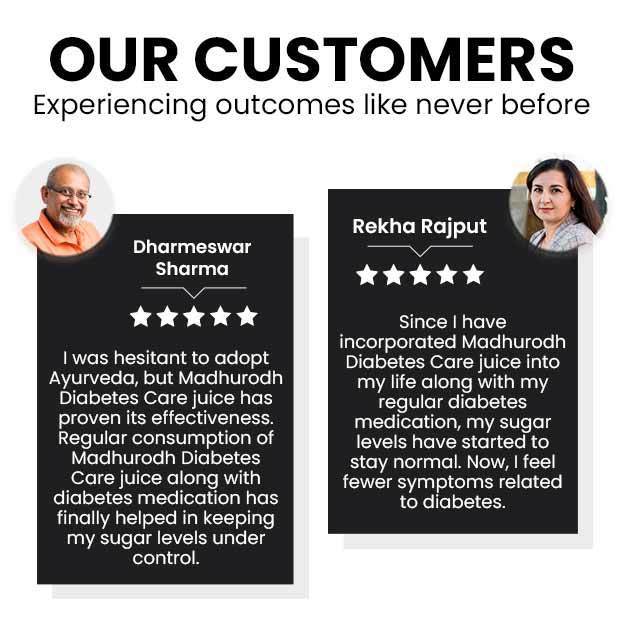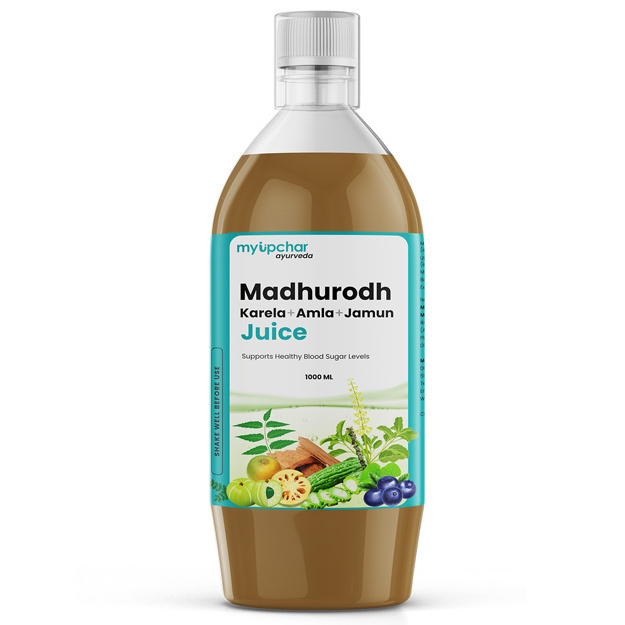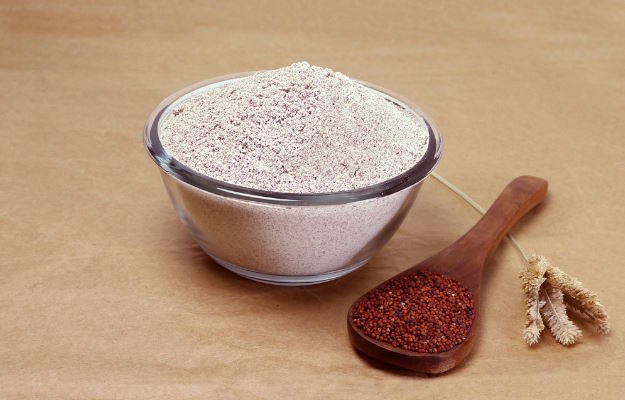Glycemic index (GI) is a ranking of foods containing carbohydrates by their glycemic response or the amount and speed with which they raise blood sugar levels, two hours after eating which is compared to the reference food - either glucose or white bread.
The lower the glycemic index, the lower the rise in blood sugar. Glycemic index is an important tool used in deciding which carbs to include in an individual’s diet. The index ranges from 0 to 100 with:
High GI (100-70 GI): Carbohydrate-rich foods that break down quickly during digestion, release sugar rapidly into the bloodstream, causing rapid fluctuations in blood sugar levels.
Medium GI (69-56 GI): Carbohydrates that break down at a moderate rate during digestion and release blood sugar moderately into the bloodstream.
Low GI (55-0): Carbohydrates that break down slowly during digestion, release sugar gradually into the bloodstream, and keep blood sugar levels steady.
(Read more: Blood sugar test)


